The virtuous cycle of relationship communication and conscious connection
The building blocks of an autonomous, conscious and connected relationship contribute to creating a healthy connection. This is important for any romantic relationship, and especially critical in multi-partnered (non-monogamous) relationships. Establishing trust is important but this is impacted by what the people involved have experienced in their past. We cannot take things for granted, we need to be precise and comprehensive in how we communicate, to avoid future misunderstandings.
Missing out on the steps laid out in this article could very well lead to problems and heartache down the road. They are worth doing even for their own sake without ever opening up your relationship, but are crucial to discuss the process of opening up with your partner. They make it much easier to have the discussion without fear of alienation or reflexive responses.
If it makes it easier to remember, you can use the acronym C.H.A.N.T.
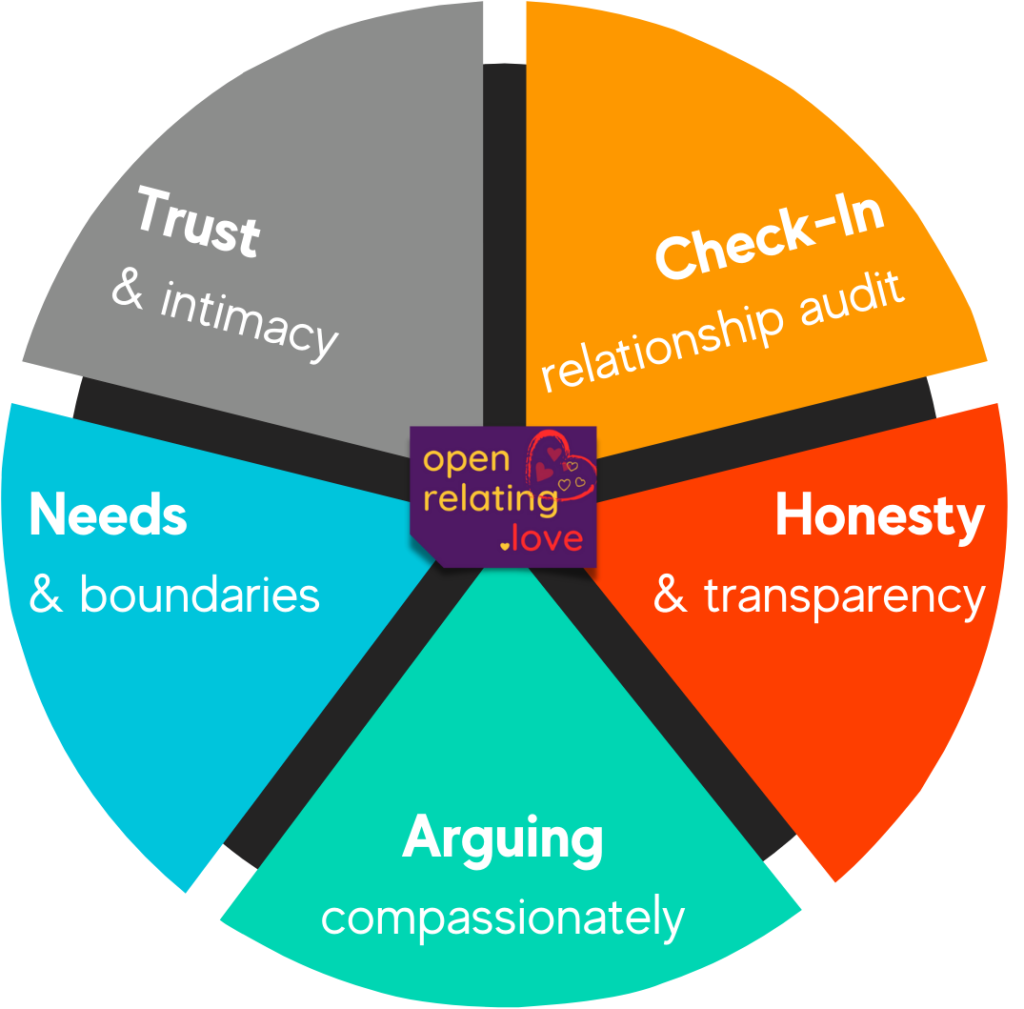
Check-in on your relationship
In my experience, a relationship ‘audit’ is helpful in any kind of relationship. In fact, it is something that you could engage in not only with romantic partners, but also with friends. Find a time to sit down with your partner/s. This may involve having a ‘meta-talk’ – talking about talking. Agree on the time, on the state of mind you both want to be in, any agreements for the talk. For example, you may agree to spend a few moments connecting through eye contact, holding hands, embracing. You might use a stick or another object to indicate your time to speak. Agree that you will hear the other person out fully and not interrupt. Repeat what you hear to ensure you fully understand their point of view.
When it is time to talk, cover these areas of your relationship:
- Are there unaddressed issues with regards to your communication? What are they?
- Does one of you feel under-appreciated or unheard?
- How does this manifest and what are you asking for?
- Do you know the other’s love languages and how to express them?
- Are there unhealthy levels of co-dependency and attachment in your relationship?
If the talk reveals areas of the relationship that could benefit from conscious work, in order to feel more connected and resolve underlying conflict, now is the time to do it. Consider getting outside help such as coaching, relationship counselling, therapy or courses that help build intimacy and connection.
Honest Relating
Let’s be honest that practicing Radical Honesty fully, all the time, is very difficult. So advocating for full honesty and transparency isn’t a call to just pour your heart out about everything suddenly.
You can start gently, by focusing first on being honest with yourself. What are you not fully admitting to yourself? Do you have an inner voice that is struggling to be heard? Try to use relaxation techniques and meditation to make space for that voice to fully express itself. When you are satisfied that your inner monologue is honest, it can be time to explore with a partner.
- You might want to start with small things and work your way to more difficult truths between you and your partner/s.
- Use gentle words and add reassurances when you speak your truth to a partner.
- Remind them that you are sharing your emotions and not asking them to change.
- Practice generosity in hearing a partner tell you things you find uncomfortable or hurtful to hear. Ask for their honesty and show them that you are not rejecting them for it.
- Remember that they are not attacking you; they are speaking their own truth and expressing their valid feelings.
- Tell yourself that they share with you because they love and care for you, even when it sounds like criticism.
This is a learned skill, and requires you both to commit to regular practice. There are also ways to learn this skill through courses and workshops.
Arguing Constructively and Compassionately
Being in conflict is not fun, and resolving relationship conflict requires intentional effort and a belief that it is worth it. It’s important to learn how to disagree with respect.
There are tools available, such as Non Violent Communication (NVC) that help you discuss things you don’t agree about, without destabilising the entire relationship. Remember that a disagreement is not a wholesale questioning of your entire life together. A constructive argument should not leave out the love and respect that you have for each other.
When arguments escalate into verbal abuse, raising voice, ultimatums or violence it is usually a sign that something else is wrong in the relationship or with an individual part of the relationship.
Knowing yourself and how you react in conflict is crucial, as is knowing to ask for a time-out to cool down. In a past relationship, my style of arguing was vastly different from that of my partner. Our arguments always blew up and led to us needing time alone. When the anger abated, we felt that things were resolved but in reality, we just pushed the issue further down the road.
Your conflict management strategy might fall in one of these five categories. See if you can shift towards the collaboration method:
- Avoidance: Afraid to address issues, preserving my soft boundaries
- Anger: Afraid to seem weak, fighting for my hard boundaries
- Accommodation: Afraid to lose all, giving up my needs (weak hard boundaries)
- Compromise: Afraid to hurt, giving up my wants (weak soft boundaries)
- Collaboration: Upholding my hard boundaries around my needs and respecting their boundaries.
Needs and Boundaries
Boundaries are imperative for the needs that you are aware of, and that you want to be able to communicate, define and defend. There is a good blog post on what they are and how to communicate them here. Our boundaries can be physical (‘I hate to be tickled’), emotional (‘seeing you being intimate with another hurts me too much’) or about other aspects of your personality and comfort levels.
Start with thinking about your needs – emotional, mental, physical. Be aware that boundaries can change over time. They can expand as you grow and learn from experience, become comfortable and more trusting. They can also contract and become more restrictive if you experience hurt or your trust is broken.
It is vital that each person clearly communicates their own boundaries and takes care to fully understand and process their partners’ boundaries. Remember that boundaries are not rules and they are best protected by creating agreements.
- Rules are about limiting the actions of the other person.
- Example: You will not flirt with anyone in front of me.
- Boundaries are about protecting your emotions. It is not possible to control someone else’s actions but you can clearly express what will be the outcome if their actions break your boundaries.
- Example: When you flirt in front of me, my insecurity is triggered and I am afraid that you will ignore or abandon me. To protect myself, if this happens I will leave the room/event so I can self-soothe.
- Agreements are when all sides to the issue feel they are happy with the action that was decided. Compromise does happen but it does not feel like compromise as everyone feels they will have their needs met.
- Example: We agree that flirting will not happen when we are both at an event together, or that if you want to flirt with someone, you do it in another room or tell me you are going to do it, so I can leave the room.
Each person also has boundaries that they are not yet aware of, because they have never been tested. Sometimes, the only way to realise you have a boundary is for your partner to trespass unknowingly. This means that compassion and forgiveness is very important in this step along with the next step of building the trust needed to know that your partner will not intentionally break your boundaries.
Trust Building
Having gone through these 4 steps, you will begin to feel more confident in the strength of your relationship; you will notice intimacy building up and you will know how to honestly communicate even difficult and contentious feelings. You will have practiced the processing of disagreements with constructive and effective communication skills and become aware and respective of your own and your partners’ boundaries.
All this serves to build trust, trust that is necessary in order to fully express your wants and desires, and pursue them with the support of your partner/s.
Trusting a partner means knowing that the freedom you give them is appreciated and respected. In turn, they give you the same.
Trusting your partner also means that if something doesn’t go exactly according to your expectations, you will know that it is not intentional and not done in order to hurt you.
The circle of trust grows stronger with more times you cycle through the Wheel of Connection. Each cycle brings you more intimacy and with it the satisfaction of knowing your authentic self is connected to your partner’s authentic self.


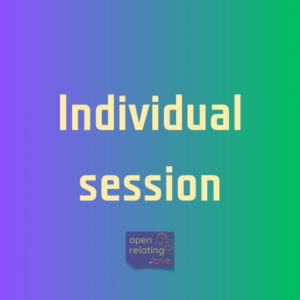
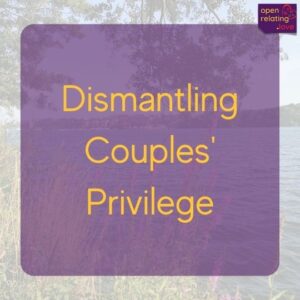
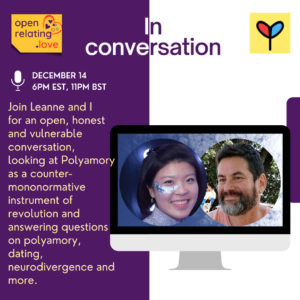
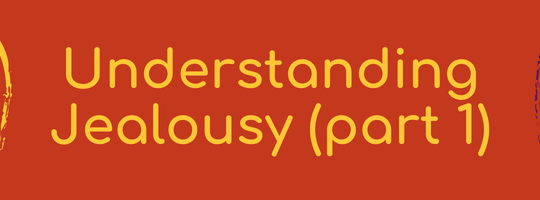

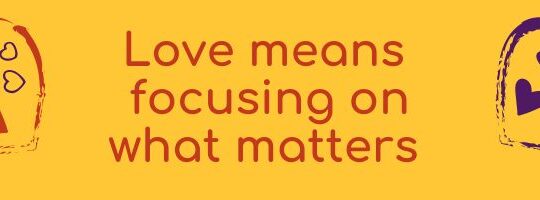
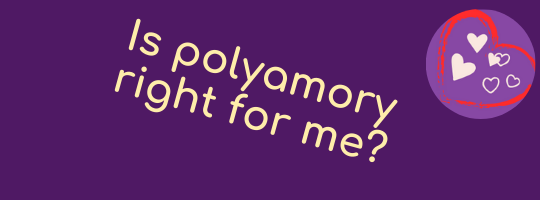

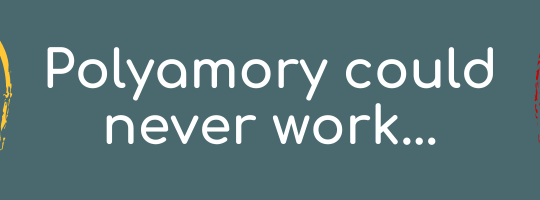
[…] with another man, for example, could be for reasons that I don’t share, so it’s worth having that discussion in an open minded […]